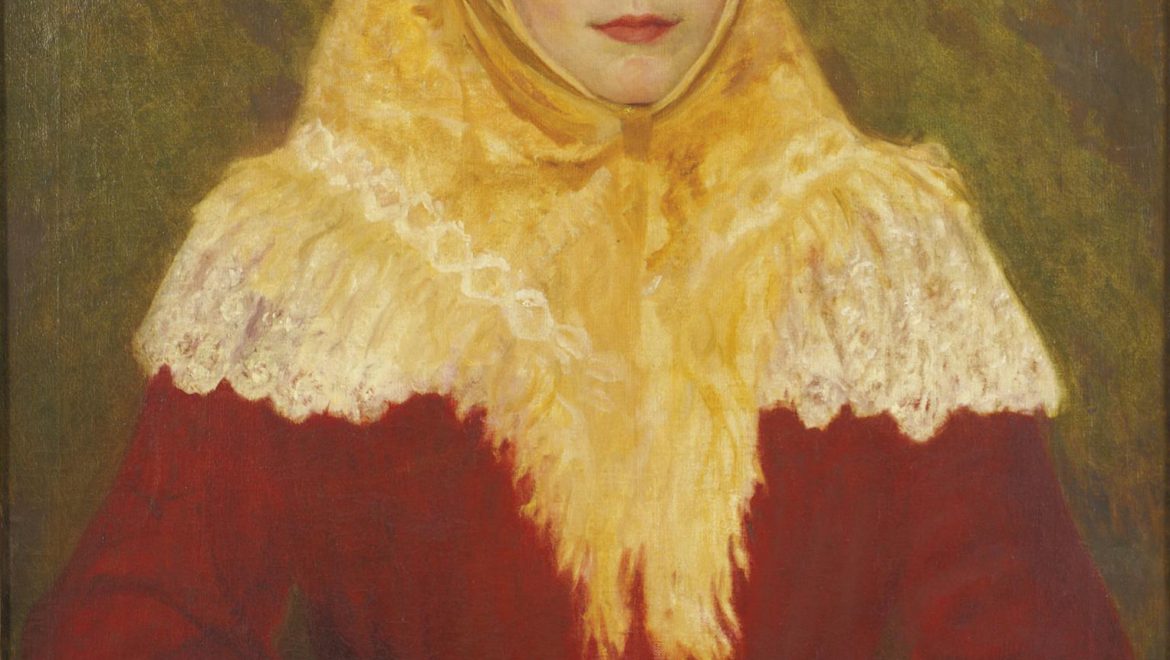
This short “tkhine” (supplication) is a para-liturgical prayer that is meant to be recited by women just after lighting Shabbat candles, an auspicious time for personal prayer. The words express a deep desire that the act of lighting the Shabbat candles not only be accepted by God, but likened to specific worship rituals once practiced in the Temple. Another central theme is the woman’s prayer that her children be God-fearing and Torah observant. This “tkhine” was originally written in Yiddish by Sarah bas Tovim, who lived in present-day Ukraine in the late 17th/early 18th centuries.
“Tkhines” are prayers, which were written in Yiddish by both men and women in the 17th-19th centuries. They were primarily recited by women, who were often less literate than men, and therefore unable to access traditional Jewish liturgical sources. This prayer is from Shloshe Shearim (“Three Gates”), a popular booklet of supplementary “tkhines” for women. It is presented by Ritualwell, a project of the Reconstructionist Rabbinical College that presents a wide variety of Jewish ritual.
“Tkhine” for Lighting Shabbat Candles
‘Lord of the World, may my observance of the commandment of kindling the lights be accepted as the act of the High Priest when he kindled the lights in the dear Temple was accepted. “Your word is a lamp to my feet and a light to my path” (Ps. 119:105). This means: Your speech is a light to my feet; may the feet of my children walk on God’s path. May my kindling of the lights be accepted, so that my children’s eyes may be enlightened in the dear Torah. I also pray over the candles that my observance of the commandment may be accepted by the dear God, be blessed, like the light which burned from olive oil in the Temple and was not extinguished.’


